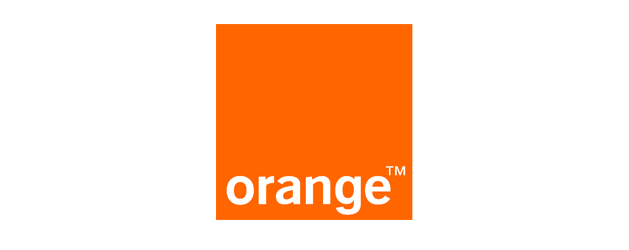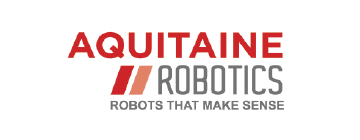Robotics and Design: aesthetic aspects of the object or industrial design?
2018/11/02
I am Matthias Schmitt, the founder of Still Human, a robotics start-up and industrial design & engineering firm. For 3 years now, Still Human has been working with several start-ups and companies in the digital sector on various subjects such as robotics and IOT. Still Human’s uniqueness lies in its expertise as a roboticist and designer.
– What is the interest of design in robotics? Is it just a question of aesthetics or a means of improving the robot’s performance?
A designer does not only focus on the aesthetic aspects of the object, contrary to what we have believed for many years. In fact, the industrial designer is involved from the very start of the process. They study and highlight the issues and uses in order to come up with an appropriate solution. The question of aesthetics comes in at a later stage, yet remains decisive for the relationship between the human and the machine. It is easier to interact with an attractive product that we feel some type of empathy for than with a simple cardboard box.
Performance is determined by several aspects, such as mechanics, electronics, artificial intelligence and ergonomics. The designer, who determines the robot’s operation and uses, works with all of these fields. While performance is the aim of their work, they cannot do everything alone. For example, our work with our mechatronics engineer is fundamental as it will make a robot producible on an industrial scale and, above all, enable us to adapt our vision of uses to the realities of industry and the costs that are involved.
– What more does a robot with a stylish design offer than a robot without one?
While all robots have a design, there are robots made without a design process. Some robots can be basic or ugly, yet functional and useful, while others can be good-looking and cute, yet completely useless or counterproductive. After all, Raymond Loewy, one of the precursors of industrial design, said “Ugliness doesn’t sell.” So an object that doesn’t inspire you to like it and buy it will be neglected in favor of a product that is sometimes less effective, but with a more attractive color or design.
Robots are frequently made without designers, and what we see is the “Swiss Army Knife” effect. The end result is a multifunctional robot, a sort of white elephant that is supposed to be used for all kinds of purposes but in the end does only 10% of each task right, resulting in a useless product.
– Does robotics design require different materials? Are there any constraints or advantages?
Per se, industrial design applies to a chair the same way it does to a robot. The materials are choices related to the uses and aesthetics of the finished product. Of course, there are also choices related to mechanical components, with the constraints related to the robot’s movements and modulations. We typically use plastic and metals, which are rather light, but why not imagine robots made of wood or other new materials? We are seeing a new field in robotics, soft robotics, which uses polymers, silicon and other materials to reproduce human or animal muscle tissue. These new materials bring new ways of creating forms of robotics with much greater degrees of freedom and with incredible flexibility. The constraints thus lie in the robustness and the ability to carry heavy loads, as well as in the robot’s ability to adapt.
- What has changed in your profession?
Everything and nothing at once.
Everything, because we are not dealing with an inert object whose function is limited to its own use. An object does not understand and cannot adapt to its environment like a robot, which can thus become autonomous and act without being controlled by human hands. The designer must therefore take into account the novel aspect of every action and situation the robot finds itself in.
Nothing, because our way of thinking remains the same, as does the creation process. Of course, the stakes can be much higher than for a simple lemon-squeezer, but the design and the analyses carried out beforehand are the same. All of the difficulty lies in thinking like the user, which we do with all types of projects, as well as in thinking like the object. In his writings, Asimov described scenarios depicting artificial behaviour by robots, even creating robopsychology. However, this is still very far off.
The designer has just as much responsibility as the engineers in a robotics development project. The most important thing is managing communication and the synergy between various skills. That is the secret of a well-designed robot.
About Still Human
Still Human is a robotics and connected objects company founded in January 2015. They can carry out your projects in terms of design, formalization, graphic identity, content creation, ergonomics, scenario, prototyping. Ga.ia is a robot concept designed to provide the plant with the brain and legs in order to produce a plant society within human society. Biom is a cyborg plant that will give you the opportunity to understand the needs of your plant. Read more (French)
Matthias Schmitt, CEO of Still Human -














